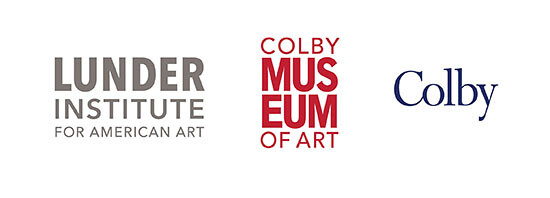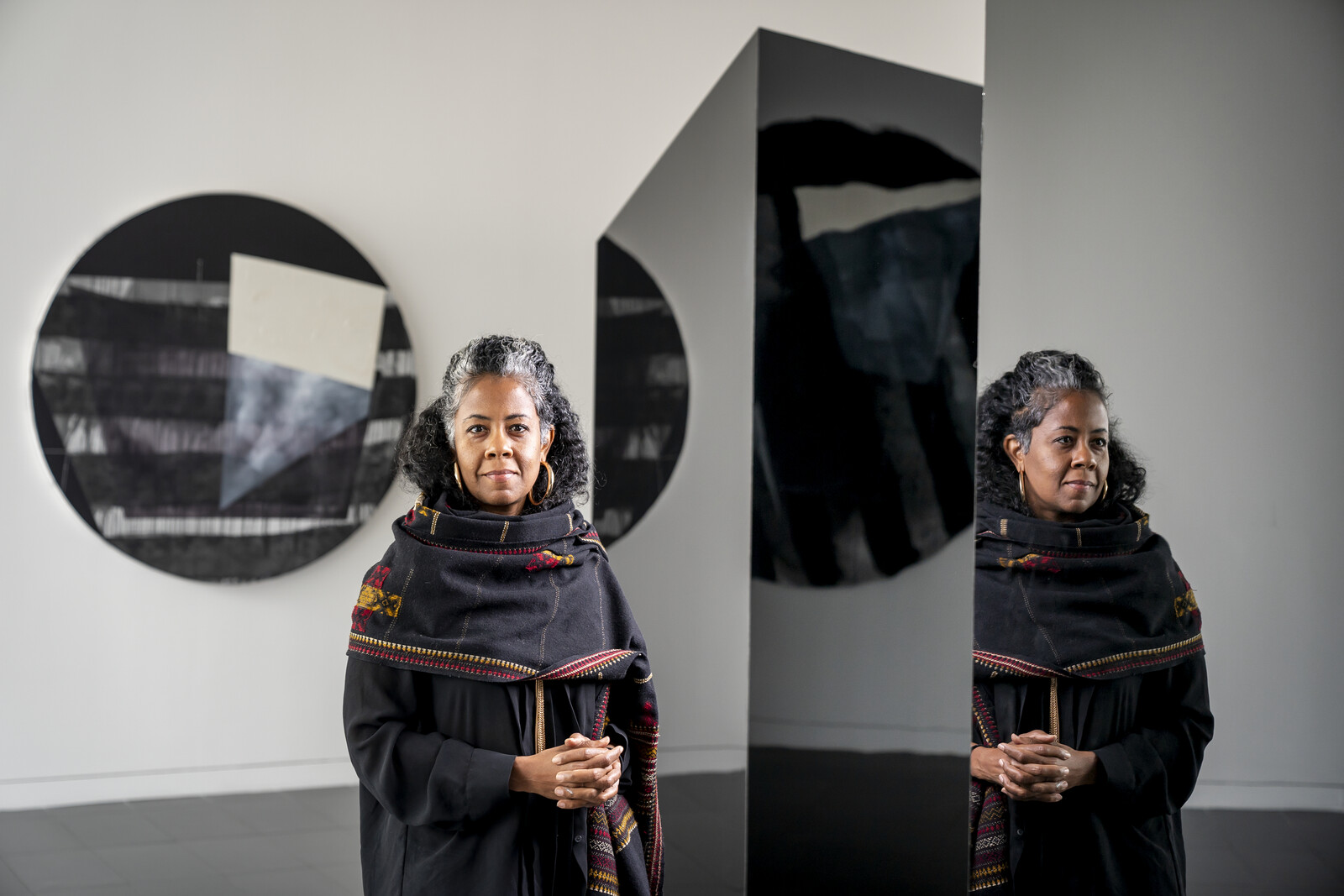5600 Mayflower Hill Dr
04901 Waterville Maine
Hours: Tuesday–Saturday 10am–5pm,
Thursday 10am–9pm
The Lunder Institute for American Art is pleased to announce Torkwase Dyson is its third visiting artist. She is also showing a new body of site-specific work in the exhibition Nautical Dusk, on view from October 4, 2018, through January 6, 2019 at the Colby College Museum of Art. During her Lunder Institute tenure, Dyson’s self-directed engagement will encompass a series of dialogues, performances, and lectures.
At the invitation of the Museum, the New Jersey-based artist, whose interdisciplinary practice, commitment to pedagogy and improvisation, and interrogations of environmental racism are particularly resonant at a liberal arts institution, consulted archival materials related to Samuel Osborne (c. 1833–1904) in the Colby College library. Born into slavery on a Virginia plantation, Osborne migrated to Maine in 1865 and served as a Colby College janitor from 1867 to 1903. In the works she produced for Nautical Dusk, Dyson’s geometric forms are infused with invisible metaphorical associations found in obituaries of Osborne. Written by unnamed white authors, these texts raise questions about authorship, transmission, and self-determination. Curated by Diana Tuite, Katz Curator of Modern and Contemporary Art, Nautical Dusk features sculptures and paintings which explore these subjects in a formal register through intimacy, liquidity, and reflectiveness, properties that simultaneously orient and dislocate. Dusk, a monumental ramp, occupies half of the gallery. It suggests a promontory, an outcropping from which to scan or surveil, but also a structure partially submerged, and visitors are welcome to engage with it in a variety of ways.
“Attuned to the historical and material conditions of spatiality, Dyson textures geometric abstraction with specificity and exercises it as a political language,” remarked Tuite. “These works pressure the relationship between surface and interiority; they are intentionally installed where one can also glimpse Richard Serra’s solid, monumental sculpture 4,5,6 (2000).”
As a Lunder Institute visiting artist, Dyson is investigating materials in the college library’s special collections, engaging with Colby faculty and students, and developing new collaborative projects. This hybrid platform, which combines research with ongoing reflection and conversation, provides time for the artist to explore intersections with scholars from multiple disciplines. After the opening of Nautical Dusk, Dyson returns to campus from October 31 through November 7, when she will record a series of dialogues with Colby faculty from the astronomy, anthropology, and creative writing departments. An open workshop in the Museum on November 7, organized by the Lunder Institute, will include Colby student poetry readings and performances and a performance by Dyson’s collaborator Zachary Fabri. The workshop concludes with a conversation with the artist, in which Dyson will reflect on Nautical Dusk and the subsequent encounters and discoveries it has generated.
“Dyson’s practice is rooted in abstraction but uses that vocabulary to interrogate space, archive, and cultural constructions of racial identity,” noted Daisy Desrosiers, director of programs at the Lunder Institute. “As part of Colby’s history and, in this case as an entry point for Torkwase’s investigation, the Osborne archive is an active component of this exploration—and underscores how mindful we need to be in addressing its narrative.”
Dyson, who received a BFA from Virginia Commonwealth and an MFA from the Yale School of Art, began exhibiting her work in 2006. Recent solo shows include Scalar, Bennington College, Vermont (2018) and Compositional Thought and the Wynter-Wells Drawing School for Environmental Justice, Drawing Center, New York (2018). She was included in the 2018 group exhibition Between the Waters at the Whitney Museum of American Art and will be included in the 2019 Sharjah Biennial. Dyson has held residencies and professorships at the Skowhegan School of Painting and Sculpture and the Yale University painting and printmaking departments and is an assistant professor of fine arts at Pratt Institute, Brooklyn, NY.


